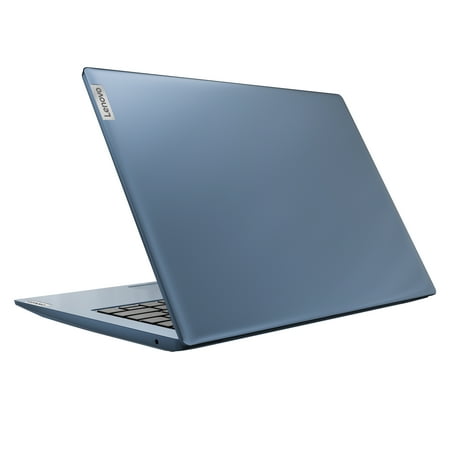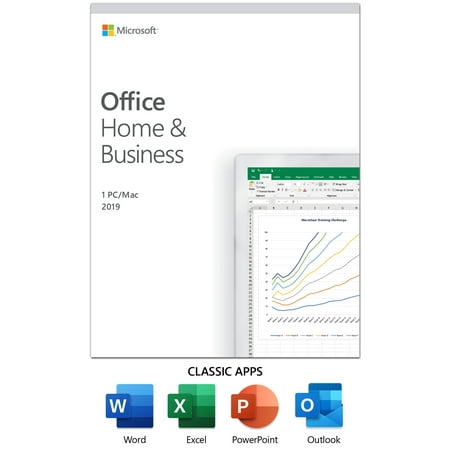Lenovo IdeaPad 1 14.0″ Laptop, Intel Pentium Silver N5030 Quad-Core Processor, 4GB Memory, 128GB Solid State Drive, Windows 10S – Ice Blue – 81VU000JUS
Lenovo⢠IdeaPad⢠1 comes with integrated Intel® Pentium® processor overall performance, integrated Intel UHD photographs, fast SSD garage and an HD show for first rate productivity. The IdeaPad 1 pc is each easy to use and sturdy with long battery life to permit you to deal with all your daily tasks without difficulty. 2020 model















Operating System: Windows 10 in S ModeProcessor: Intel Pentium Silver N5030 Quad Core ProcessorDisplay: 14.0″ HD LED Backlit Anti-Glare DisplayMemory: 4GB OnBoard 2400MHz DDR4 RAMInternal Storage: 128GB 2242 m.2 NVMe Solid State DriveGraphics: Integrated Intel UHD Graphics 605Optical Drive: NoneAudio: 2 x 1.5W SpeakersBattery Life: Up to 8 HoursWireless: 802.11AC Wi-Fi with Bluetooth 4.1Webcam: zero.3MP with Dual Array MicrophonesProduct Weight: three.08 lbsColor: Ice BlueGoogle Classroom Compatible





Reviews
There are no reviews yet.